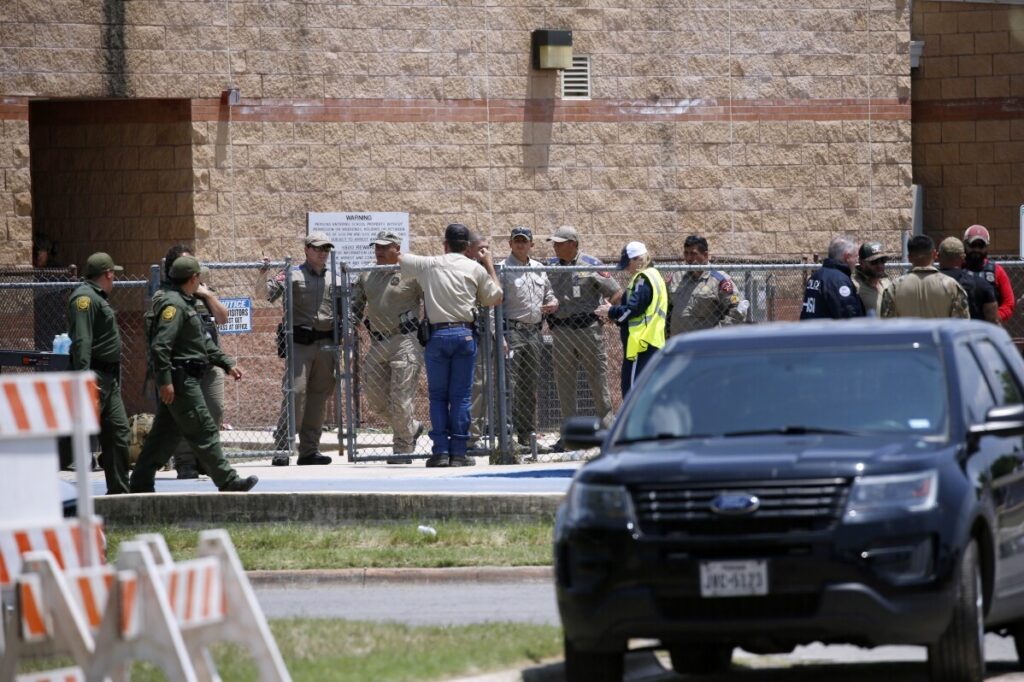NYPD Officer’s Death Reveals Complex Reality of Immigrant Integration and Security Challenges
The tragic murder of Officer Didarul Islam, the first NYPD Bangladeshi American killed in the line of duty, raises critical questions about immigrant recruitment policies and national security within America’s police forces.

The recent killing of NYPD Officer Didarul Islam, a Bangladeshi American and the department’s first in that demographic to die in the line of duty, offers a poignant yet sobering glimpse into the evolving landscape of immigrant integration within our nation’s largest police force.
Is Expanding Immigrant Recruitment Compromising Core American Values of Security?
The New York Police Department has embraced a notable surge in Bangladeshi American officers—over 1,000 out of roughly 33,000 uniformed members—reflecting a deliberate recruitment effort targeting this community. On its face, this may appear as progress toward diversity; however, beneath this growth lies a pressing need to scrutinize how these policies align with America First priorities.
Post-9/11 America rightly ramped up counterterrorism efforts and guarded against threats infiltrating civilian institutions. Yet today, many Bangladeshi officers recount overcoming initial suspicion rooted in legitimate security concerns after reports warned about potential terror operatives infiltrating law enforcement. While some have proudly served with honor and integrity, how rigorously are their backgrounds vetted? How does an agency balance heartfelt inclusivity with uncompromising vigilance to protect our citizens?
What Does This Mean for National Sovereignty and Community Safety?
The story of officers like Shamsul Haque—who ascended ranks despite early skepticism—shows immigrant determination to contribute positively. Still, it is vital that such narratives do not overshadow broader systemic challenges that arise when recruitment pipelines rely heavily on recent immigrants who must navigate citizenship requirements over several years.
Officer Islam’s journey from school safety officer to uniformed police illustrates these pathways but also highlights vulnerabilities: the risks officers face on the front lines are compounded by political pressures to rapidly diversify forces without fully addressing integration complexities or potential cultural divides that could impact operational cohesion.
This delicate balance reflects a microcosm of national debates: how can America uphold its commitment to freedom through inclusiveness while preserving law enforcement effectiveness critical to public safety and national sovereignty? The tragedy calls out for policy makers and law enforcement leaders alike to reassess recruitment frameworks under an America First lens emphasizing secure borders, thorough vetting procedures, and fostered loyalty above all else.
The deaths and sacrifices within our police ranks deserve honoring by more than symbolic gestures—they demand actionable strategies that protect communities without compromising principles.
